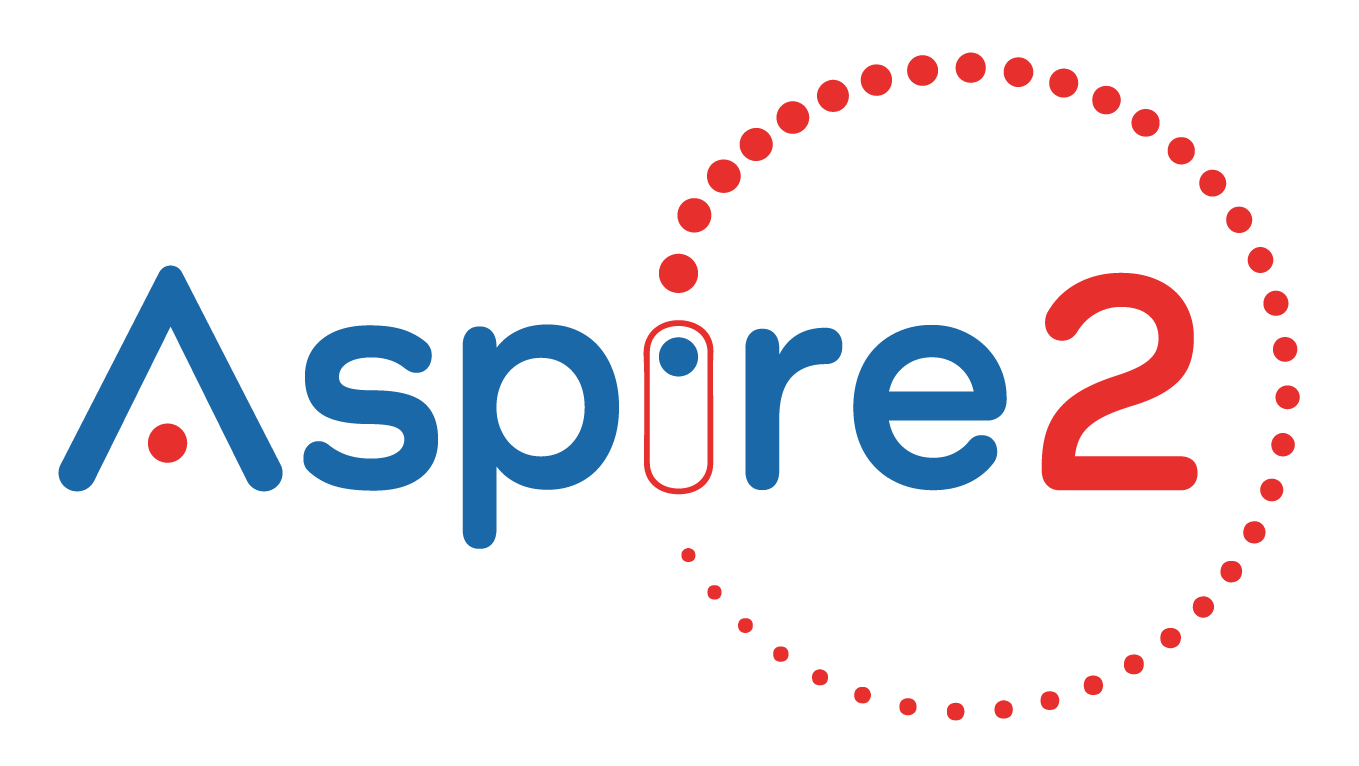
From Problem-Solver to Strategic Leader: Advice for New Principals in Independent Schools
What should a new principal do to avoid becoming the chief problem solver and instead embrace the rewards of being a strategic thinker?
There’s no simple answer; it could fill a book. However, drawing on consultations with school leaders and my own leadership experience, I see that three key areas can set a new principal up for success.
1. Prioritise Strategic Thinking in Your Schedule
In our fast-paced school environments, it’s easy for principals to feel constant pressure to be visible and available. Yet some of the most effective leadership comes not from reacting quickly but from thinking deeply.
Susan Cain, author of Quiet, has often highlighted the strengths of introverted leadership traits from which we can all borrow. An introverted leader isn’t afraid to close the door, sit with complexity, and consider long-term consequences. While visibility matters, especially in tight-knit school communities, a balance must be struck. Principals need dedicated time in their schedules for reflection and strategic thinking.
As strategy experts Roger Martin and A.G. Lafley wrote in Playing to Win, effective strategy demands rigour: weighing possibilities, aligning vision with capability, and ensuring that decisions feed into a coherent long-term direction. These decisions can’t be delegated. For instance, when considering a new curriculum, a principal must weigh the potential benefits against the resources required and the impact on the school’s long-term goals. While your leadership team or board members may support and question your thinking, the big-picture perspective and contextual knowledge needed to “connect the dots” typically sit with the principal.
2. Embrace Continuous Learning and Challenge Your Thinking
Too often, we assume a strategy failed because “we just didn’t execute well.” It’s the same oversimplification you might hear in board meetings: “We just need better marketing.” However, authentic strategic leadership demands deeper insight.
As a principal, your role is to lead and learn. Stay curious. Continually ask: Is our vision still compelling? Does evidence support our direction?
Many principals use data dashboards with their boards to track enrolments, finances, or satisfaction levels. These are useful, but the best leaders go further. They track metrics that test the assumptions behind their strategic plans. They seek data that challenges as much as it confirms.
This learning mindset allows for course correction when needed. The best principals aren’t just visionary. They’re agile. They’re confident enough to pivot when the evidence suggests a change is necessary and humble enough to accept when they’ve got it wrong.
3. Make Your First Year Count Beyond Playing It Safe
New principals should tread carefully in their first year. Independent schools are tight-knit communities, each with distinct cultures and traditions. Peter Drucker says culture eats strategy for breakfast. This is because schools are more like villages than businesses. You need to understand the customs before you try to shift them. Understanding the school’s culture and traditions is crucial for a strategic leader. It helps you identify what changes are feasible and what might face resistance. It also allows you to build on the school’s strengths and respect its history.
Read the full story on LinkedIn.

Dr Michael Boots
Executive Education Consultant



